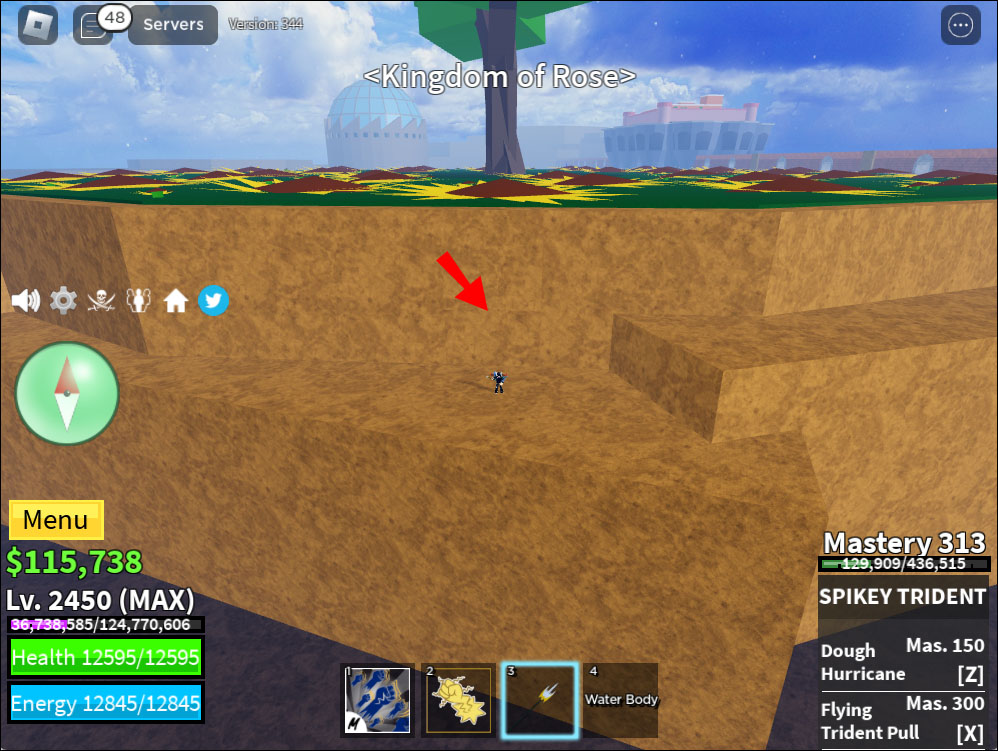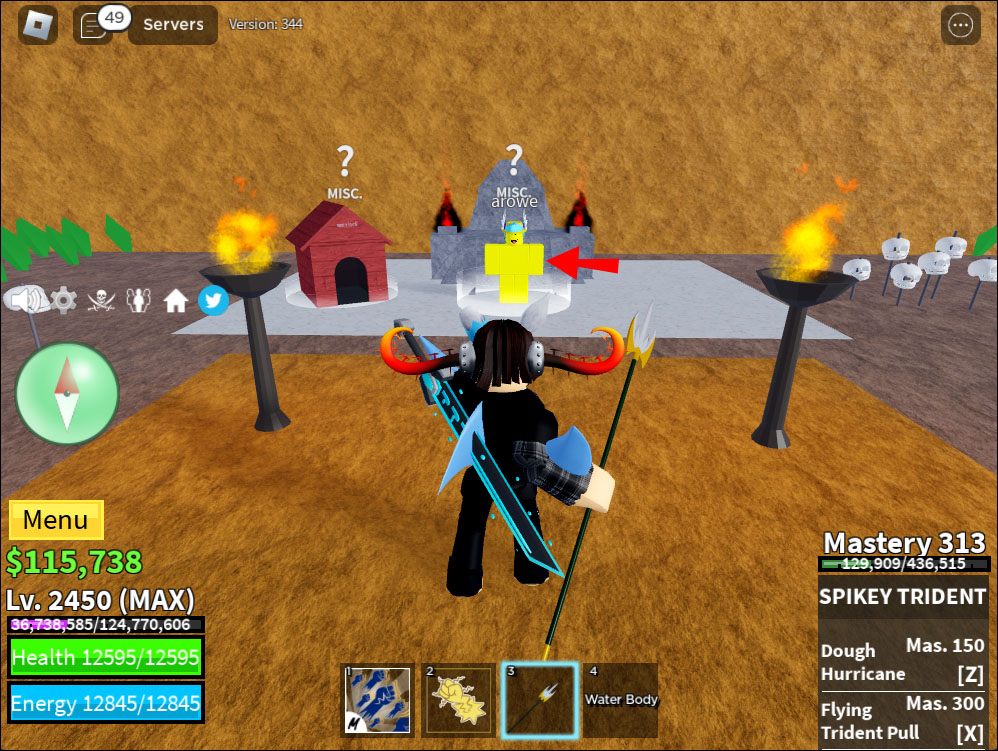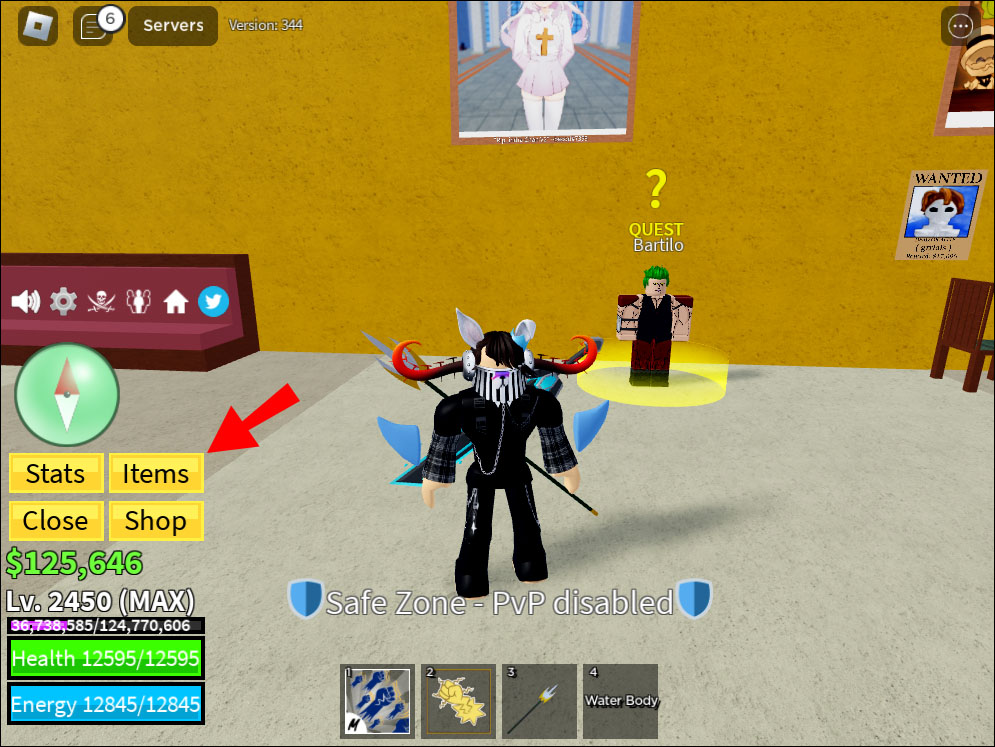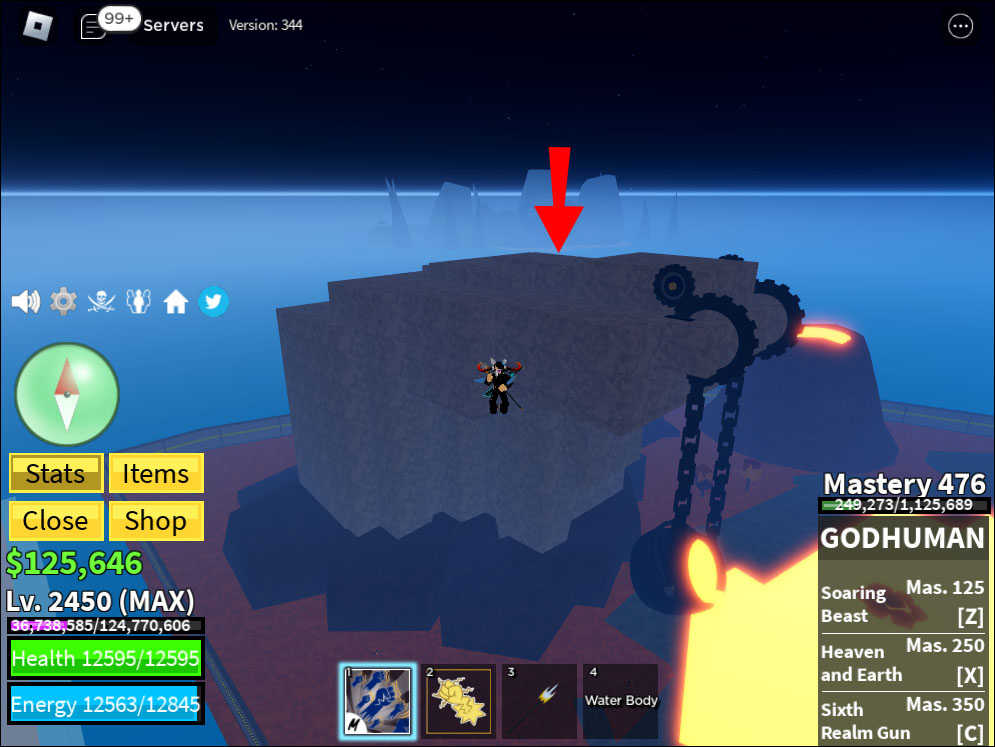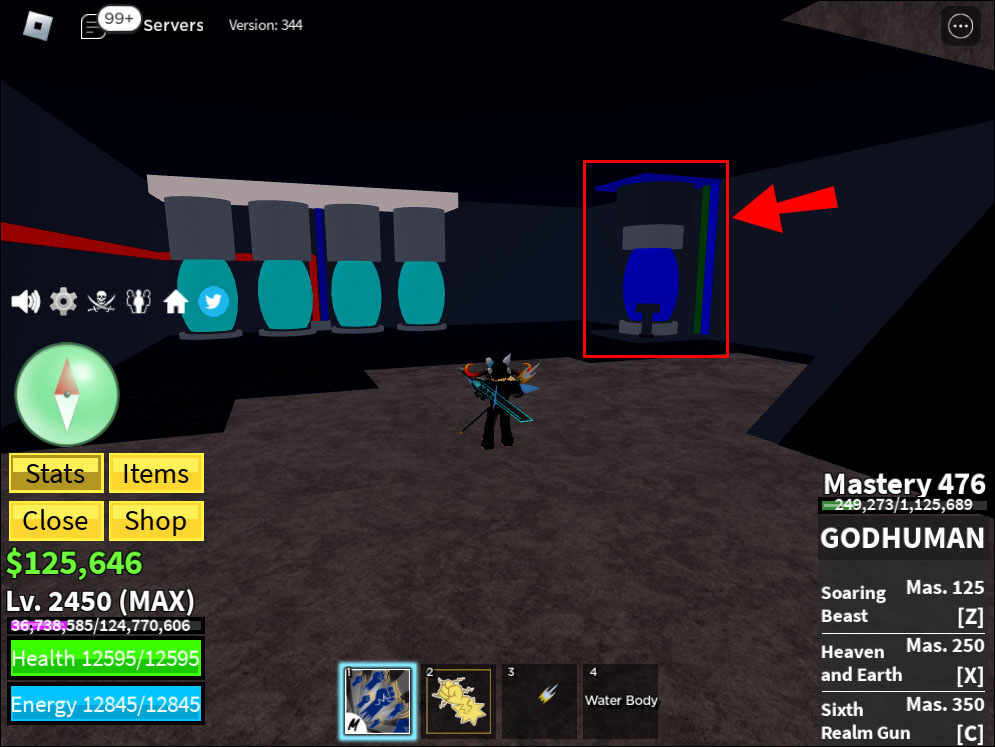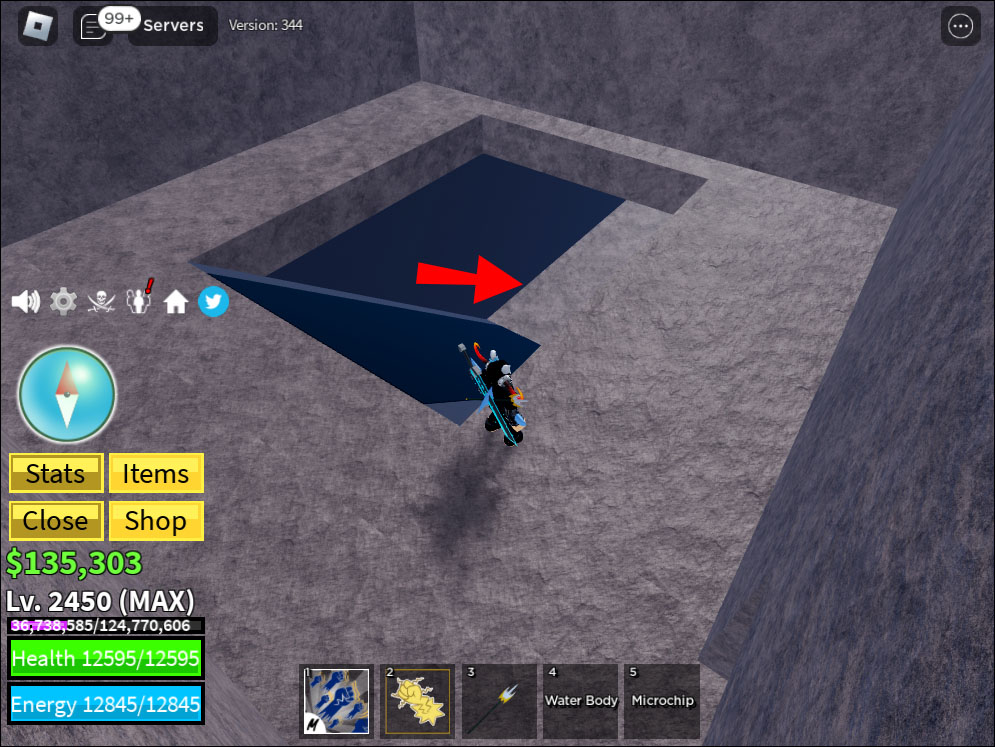Races are an integral part of Blox Fruits. Your abilities, buffs, special combat skills, stats, and others will depend on which race you get at the start of the game.
When you start the game, you can either be a Human, Shark, Angel, or Rabbit, with Human being most likely. However, you can change your starting race, like by buying a Race Changer or doing different quests. There are two races that don’t fall into this category: Ghoul and Cyborg. These unique races can be obtained in more esoteric ways.
Read on to learn how to achieve and upgrade your Cyborg race to V3 and which requirements need to be met beforehand.
How to Unlock Cyborg V3 in Blox Fruits
To get the V3 upgrade for your Cyborg race, you need to have V2 already obtained. If you’ve done that, acquiring and unlocking V3 won’t be hard. But besides V2, you also need to be level 1,000, defeat the Don Swan boss, and have 2,000,000, which is how much it costs to upgrade to V3.
This is what you need to do to get Cyborg V3:
- Head to the Diamond Boss zone near the Forest Pirate NPC in the Kingdom of Rose.
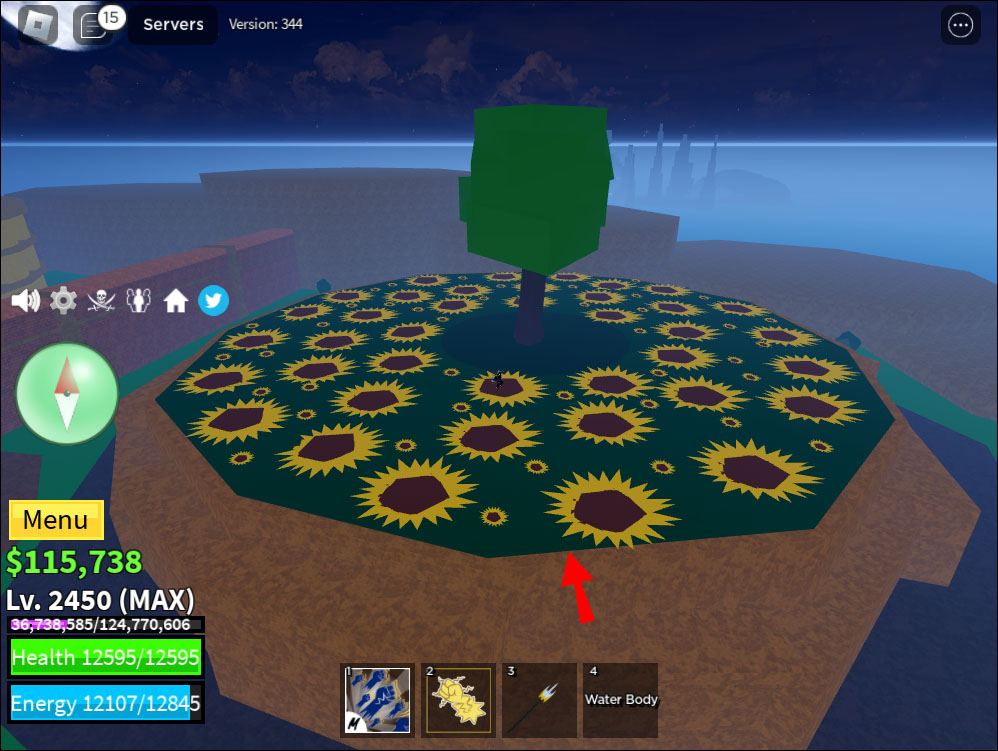
- Navigate to the Dog House, where Wenlock and Arowe reside. The entrance to this room is hidden. Go under Diamond Hill and find the hidden entrance.

- Interact with Arowe NPC.

Arowe will give you a quest to find and deliver a physical Blox Fruit to him. At this point in time, you most probably have a Blox Fruit in your inventory. If you only have valuable ones, buy a fruit from the Café and then return to the NPC.
- Tap the “Items” section.

- Go to “All.”

- Click on the “Treasure” tab.

- Select the Fruit you want to give the NPC. Bomb Fruit should do the trick.

- Put it in your inventory or Unstore.

- Speak with the NPC again and pay 2,000,000 Belis.
After you pay the NPC the price, you unlock the V3 upgrade for the Cyborg race. When you evolve the race to this point, you receive two new titles: The Cyborg and War Machine. Besides this, you get Energy Core ability. Energy Core:
- Increases your defense by up to 30%.
- Breaks Instinct.
- Surrounds you with a lightning effect that deals AOE damage to enemies standing near you.
- Lasts for 6.5 seconds and has 30 seconds cooldown.
Fulfilling Requirements for Cyborg V3
Since you first need to unlock the Cyborg race and upgrade it to V2 to get V3, you should know how to do these things in case you’ve never tried this race before.
Learning Cyborg Race
If you want to try the Cyborg race and be equipped with energy regeneration and defense, you need to complete the Cyborg Puzzle. This is how you can go on about it:
- Loot chests or kill Sea Beasts to acquire a Fist of Darkness item. After this, head to Hot and Cold Islands.

- Find the Hot and Cold Secret Laboratory.

- Go through the doors on the side of that building.

- Interact with the blue machine below the stairs.

- Insert the Fist of Darkness.
This allows you to start the Law Raid, where you need to defeat the raid boss, which drops the Core Brain. There is only a 5% chance that the boss will drop the loot, so you might need to kill him multiple times. Each time you want to fight him, you need to buy the Microchip.
- Find the Arithmetic NPC. Climb the stairs and leave the lab. The building where the NPC resides will be right in front of you.

- Go to the building’s back side and find the entrance.

- Speak with the Arithmetic and buy the Microchip for 1,000 Fragments.

Remember that you can’t receive the Core Brain if you previously haven’t started the raid with the Fist of Darkness. So don’t try to kill the Law boss before acquiring Fist of Darkness. Also, you don’t need to be the raid leader to receive the item. And even if you die in the raid, you don’t have to acquire the Fist of Darkness again. It’s saved even if you die or disconnect from the server.
- After buying the Microchip, return to the lab and insert it into the same machine as before.

- Return to the lab once again and follow the secret staircase.

- Interact with the machine in the other room.

- Buy the race with 2,500 Fragments.
Once you get the Cyborg race, you don’t have to repeat this process if you decide to switch to another race. Going back to Cyborg only requires talking to the NPC that taught you in the first place.
Upgrading Cyborg Race to V2
Since you need V2 to achieve V3, knowing how to do this step is essential. For V2, you need to be level 850 or higher and have 500,000 money. This is what you need to do to get Cyborg V2:
- Speak with Bartillo NPC to complete his quest necessary for gaining V2.

- After you finish, go to Green Zone.

- Speak with Alchemist NPC, who resides below the blue mushroom near giant vines.

- Star the Flower Quest and bring the NPC blue, yellow, and red flowers you must pay 500,000.
These flowers are scattered across the map, each with its requirements. Red only spawns during the day, while blue spawns during nighttime. Yellow quest is easiest to get as you only need to kill NPCs. Try doing this at the Kingdom of Rose by killing Swan Pirate mobs since this location is close to the Green Zone, where you need to deliver the flowers.
Even though they are scattered, red and blue flowers have specific location requirements:
- Red Flower spawns in the yard of the Swan Mansion and the first area of the Kingdom of Rose, near the red building. One flower location is Green Zone near the Alchemist, and one near Fajita. Another location where you can find this flower during the day is on one of the plateaus close to the Factory.
- Blue Flower can be found at Graveyard. You can search for it near the tree close to the cave or dig the graves there. Another one spawns at Usoap Island, and the other location where you can find it is in the secret room at Cave Island.
Your abilities and stats are enhanced after you upgrade your Cyborg race to V2. You now have:
- 10% more defense against melee attacks
- Increased attacks while wearing swords or guns by up to 10%
- 15% received damage converted to energy.
Utilizing Cyborg Race Strengths
Each race has its own strengths and powerful abilities. When you upgrade your race to the max, you receive many different skills and buffs that increase your stats. The Cyborg race focuses on defense and energy consumption, with Energy Core is one of the most powerful spells you can use in the game. With Cyborg V3, you get some of the most interesting boosts in the game.
Which race do you prefer in Blox Fruits? Is there any other race you want guidance on? Let us know in the comments section below.
Disclaimer: Some pages on this site may include an affiliate link. This does not effect our editorial in any way.
